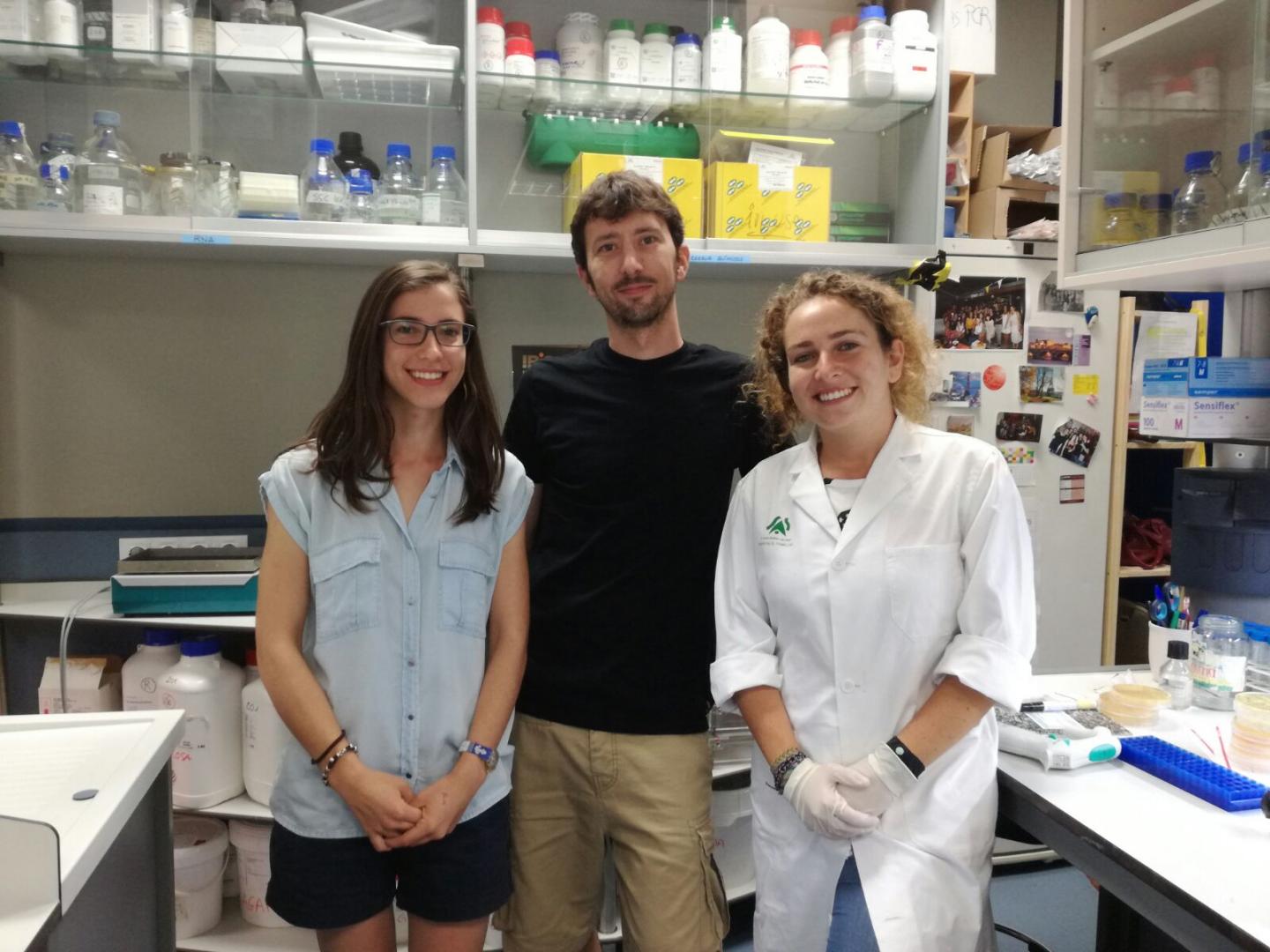
Credit: University of Seville
Researchers from the University of Seville, in collaboration with the Genome Damage and Stability Centre of the University of Sussex in the United Kingdom, have recently published a study in the review Nature Communications, in which they make an important step forward in understanding more exactly what the mechanisms are that allow, if not correctly repaired, certain DNA breaks to be exchanged with others, so generating chromosomal translocation.
Many types of DNA breaks are frequently produced in cells. Their correct repair is essential for the prevention of genome destabilisation, which can cause the development of diseases like cancer. In this project, a very specific type of chromosomal break was studied, which is produced during the expression of certain genes.
"They are breaks generated by enzymes called DNA topoisomerases. Perhaps the most relevant is produced during the expression of some genes, those which then translocate", explains the study's main author, the University of Seville researcher Dr Fernando Gómez Herreros.
In this project, the experts describe how the specific repair mechanism of these breaks prevents the formation of some aberrant chromosomal structures called translocations. Translocations consist of complete chromosomal fragments that move from one part of the genome to another. "These are the origin of solid tumours and leukaemia, like secondary acute myeloid leukaemia, therefore we suggest that the mechanism described in this project can be involved in preventing the formation of some types of cancer", adds Gómez Herreros.
###
Media Contact
Fernando Gómez Herreros
[email protected]
@unisevilla
http://www.us.es
Related Journal Article
http://dx.doi.org/10.1038/s41467-017-00307-y





